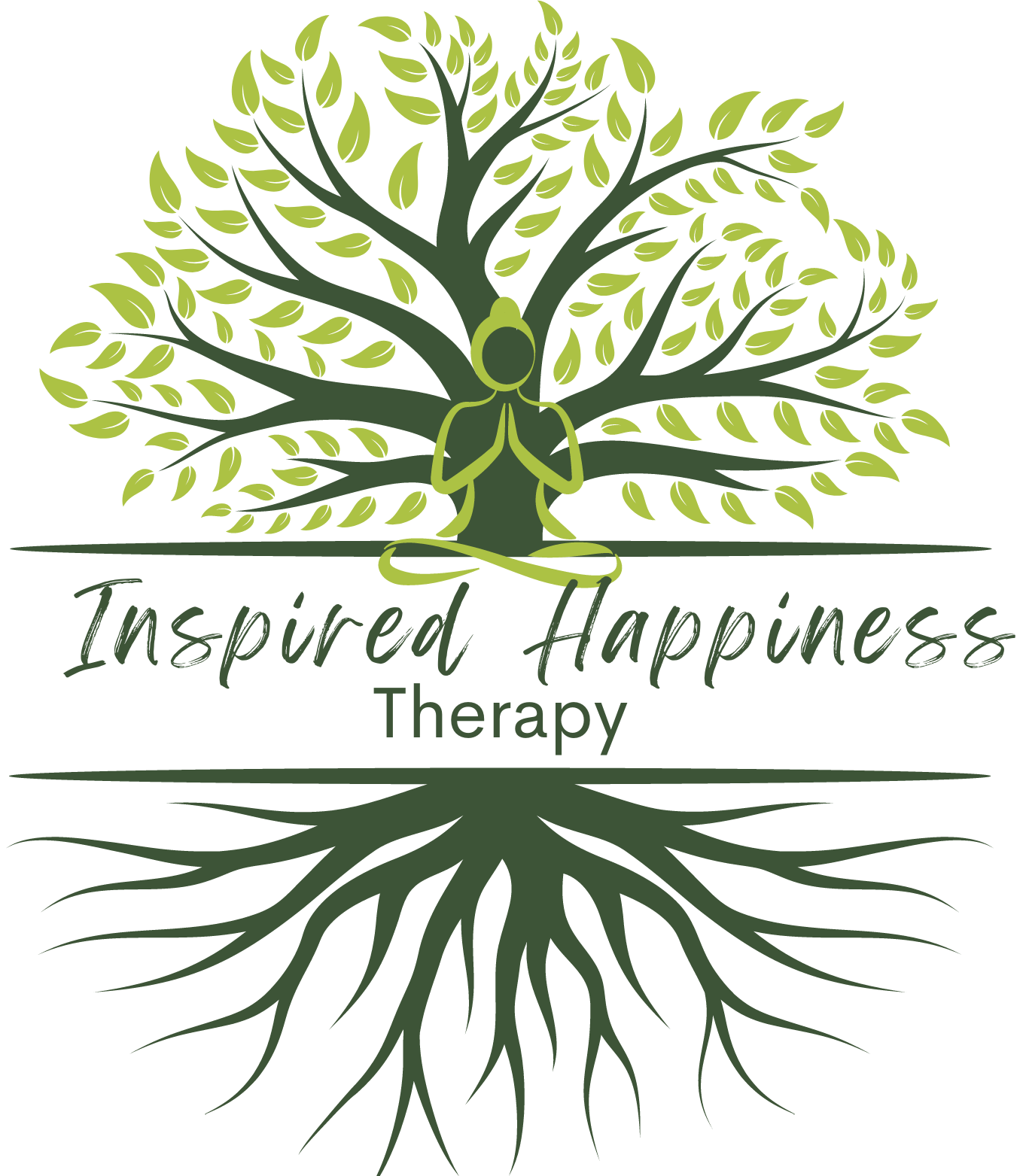There are several physical illnesses that tend to be more common in women with a mental illness. One is Premenstrual Dysphoric Disorder (PMDD). Similar to Premenstrual Syndrome (PMS) which most people are familiar with, PMDD has been colorfully described as “PMS on crack” or an extreme version of PMS. Many of the same symptoms that are associated with PMS are associated with PMDD but to the extreme – mood swings, food cravings, irritability, bloating, depression, trouble motivating yourself to do things, tiredness, feeling easily overwhelmed or hopeless, crying spells, and conflict in close relationships. WebMD estimates that between 2% – 10% of menstruating women have PMDD. PMS, which can include milder but similar symptoms occurs in a staggering 30% – 80% of menstruating women according to Massachusetts General Hospital.
There is no definitive research on the cause of PMDD; serotonin deficiency, and hormonal changes are two widely accepted causes. According to a 2000 study, serotonin levels are affected by ovarian steroid levels. [3] Risk factors include having a mood disorder, a family history of mood disorders, as well as environmental and relationship factors like a history of sexual abuse and/or a history of abusive relationships. [2]
How do you know if you have PMDD? PMDD can only be diagnosed by a medical professional, however, if you only experience these symptoms in the 7-10 prior to your period and they become significantly better 1-2 days after your period begins, it is likely PMS or PMDD. How do you know if it’s PMS or PMDD? One really easy way is to ask your friends or loved ones about both their experience with PMS and those close to you how they would describe your mood swings and mood changes during that time. If they seem to think that your symptoms are severe, consulting with your doctor couldn’t hurt. If you have already been diagnosed with Major Depressive Disorder or another mood disorder, try to “tune-in” to your body and your emotions during this time. Do you feel out of control or like your reactions may be extreme? I believe that we are the best person to know what is going on with our own bodies. If you want, you can use an app like menstrual calendar that allows you to track your period as well as symptoms like your mood. It is a free app with more customization if you buy the upgrade which is just a few dollars. You can also track your mood manually on a calendar.
Treatment of PMDD includes anti-depressant medicine as well as holistic lifestyle changes. Acupuncture, yoga, relaxation techniques, light therapy, aerobic exercise, healthy eating, [1], [2] There is some research, but very little, showing that calcium, magnesium, and B6 may help with PMDD symptoms, it never hurts to take a daily multi-vitamin. Mass General also reports that herbal supplements chasteberry, ginko biloba, black cohash, St. John’s wort and kava kava have shown some success in reducing symptoms. If you decide to try herbal remedies, go with a brand that you are familiar with, as these supplements are not regulated by the FDA and in 2015 major retailers including GNC, Target, Walmart and Walgreens were selling herbal supplements that were not what was on the label. Walmart was the worst, with only 4% of the supplements tested containing what the label said that it was! I am not anti-supplement by any means, I take many myself, but I think it is important to make sure that these items are coming from a manufacturer that you trust.
It is heartening to see so many sources including holistic treatments as best for something, instead of only encouraging the use of pharmaceuticals. What has your experience with PMDD been? Have you found something that works well for you? Comment and share!

